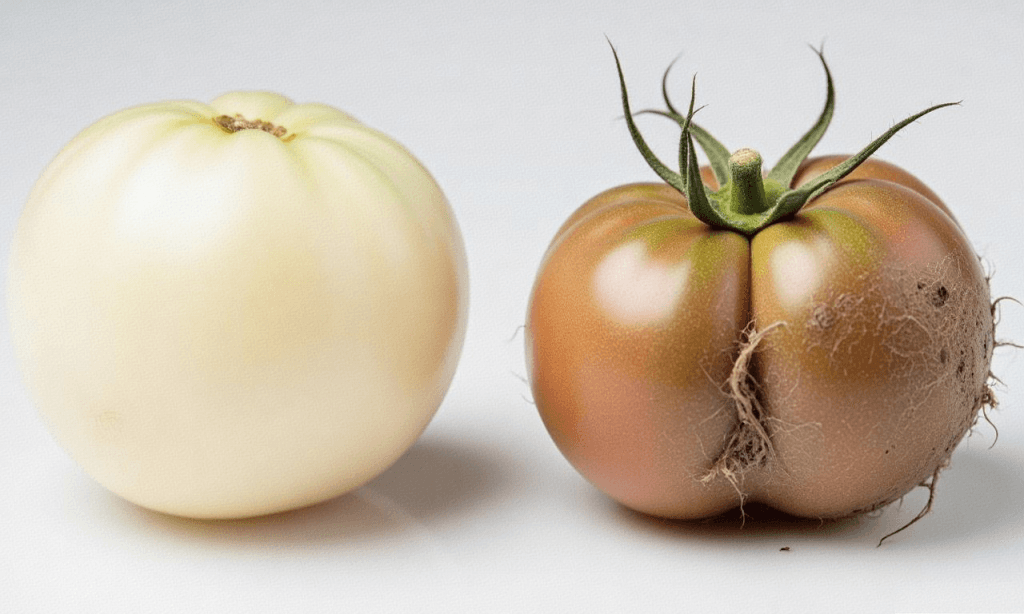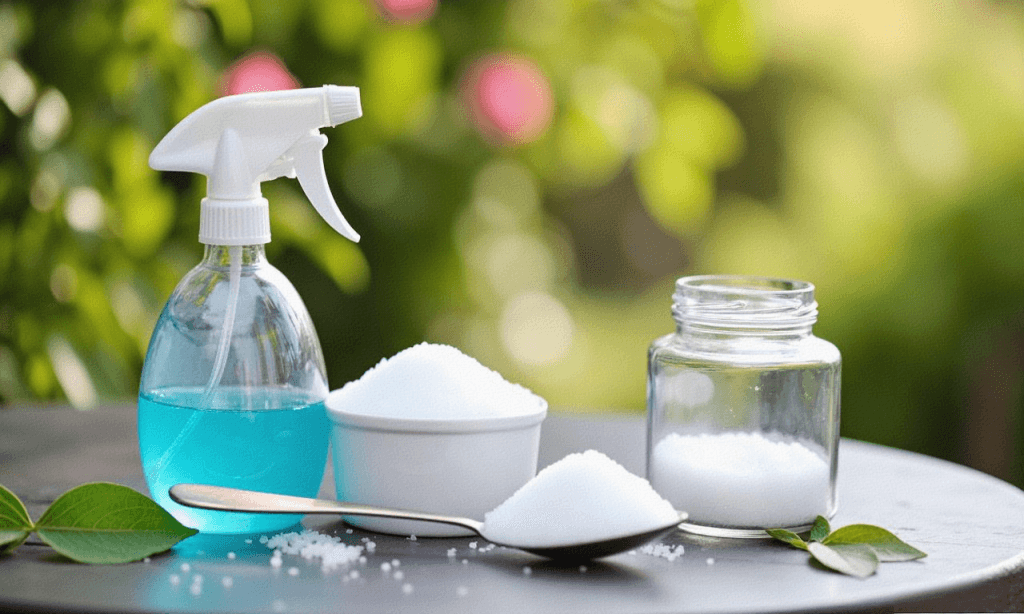Why Are My Tomato Leaves Turning Yellow? (Diagnosis & Fixes)
Introduction: Decoding the Yellow Leaf Mystery
Few sights alarm gardeners more than yellowing tomato leaves. What starts as a few pale spots can quickly escalate to complete plant collapse if left untreated. According to Cornell University's Plant Disease Diagnostic Clinic, over 80% of yellow leaf cases result from just 5 common issues—all fixable with proper identification.
This comprehensive guide will help you:
- Diagnose the exact cause through leaf pattern analysis
- Apply targeted treatments for each condition
- Prevent future outbreaks with proactive care
- Distinguish between diseases, deficiencies, and environmental stress
Whether you're growing heirlooms in Ohio or hybrids in Texas, these solutions will restore your plants to vibrant health.
1. Nutrient Deficiencies (The Silent Killer)
Nitrogen Deficiency
- Identification: Older leaves turn uniform pale yellow first
- Solution: Apply fish emulsion (5-1-1) or compost tea
- Case Study: A Michigan gardener increased yields by 40% after correcting nitrogen levels with blood meal
Iron Deficiency
- Identification: Young leaves yellow between dark green veins
- Solution: Chelated iron spray (follow label directions)
- Regional Note: More common in alkaline soils (pH >7.0)
Magnesium Deficiency
- Identification: Yellow patches between leaf veins on mature leaves
- Fix: Epsom salt foliar spray (1 tbsp/gallon weekly)
- Pro Tip: Always test soil before supplementing
2. Watering Issues (Too Much or Too Little)
Overwatering
- Symptoms: Lower leaves yellow and drop; soggy soil smell
- Fix: Improve drainage with perlite or raised beds
- Smart Trick: Use a moisture meter ($15) to prevent guesswork
Underwatering
- Symptoms: Crispy yellow edges curling upward
- Solution: Deep water 1-2 inches weekly (more in heat waves)
- Personal Advice: I use drip irrigation + mulch for perfect moisture
3. Fungal Diseases (The Stealth Invaders)
Early Blight
- Identification: Bullseye yellow spots with dark centers
- Treatment: Copper fungicide + remove affected leaves
- Prevention: Rotate crops; space plants 3+ feet apart
Fusarium Wilt
- Identification: One-sided yellowing progressing upward
- Bad News: No cure—plant resistant varieties next year
- Data Point: UC Davis research shows F1 hybrids have best resistance
4. Pest Problems (Hidden Culprits)
Spider Mites
- Clues: Fine webbing + stippled yellow leaves
- Organic Fix: Predatory mites or neem oil every 5 days
- Hot Weather Alert: Thrive in drought conditions
Root-Knot Nematodes
- Diagnosis: Knotted roots + stunted growth
- Solution: Solarize soil or plant French marigolds as trap crops
5. Environmental Stress (Often Overlooked)
Sunscald
- Appearance: Yellow patches only on sun-facing side
- Prevention: Use 30% shade cloth during heatwaves
- Regional Tip: Common in high-altitude gardens
Cold Shock
- Signs: Overall pale yellow after temps below 50°F
- Recovery: Apply kelp extract to boost plant immunity
Diagnosis Flowchart: What's Turning Your Leaves Yellow?
- Where did yellowing start?Older leaves → Nutrient issueNew growth → Pest/diseaseWhole plant → Environmental
- Pattern recognition:Even yellow → Water/nitrogenSpots → FungalVeins remain green → Iron
- Check roots: Healthy = white, smelly = rot
Prevention Plan: Keep Leaves Green All Season
Monthly Maintenance
- Week 1: Foliar feed with seaweed extract
- Week 2: Inspect leaf undersides for pests
- Week 3: Apply compost tea drench
- Week 4: Prune lower 12" leaves to improve airflow
Proactive Products I Swear By:
- Biochar amendment (holds nutrients)
- Mycorrhizal fungi (strengthens roots)
- Row covers (blocks early pests)
When to Give Up (And Start Fresh)
Hopeless Cases:
- >75% leaves yellow/dropped
- Black stem lesions
- Confirmed viral infection
Reboot Strategy:
- Remove all plant debris
- Solarize soil for 4-6 weeks
- Plant disease-resistant cultivars next season
Final Thoughts: Don't Panic—Act!
Yellow leaves are your plant's distress signal, not a death sentence. By:
- Diagnosing accurately
- Treating promptly
- Adjusting care routines
You can rescue most plants within 10-14 days. As Texas A&M AgriLife Extension proves, early intervention saves 90% of affected plants.
See yellow? Take action today—your tomatoes will thank you!
Disclaimer
This guide provides general advice. For severe cases, consult local extension services. AI-generated images are illustrative only and don't replace professional diagnosis.
Sources Cited:
- Cornell University Plant Disease Diagnostic Clinic (2024)
- UC Davis Vegetable Research Reports
- Journal of Plant Nutrition (2023)
- RHS Tomato Grower's Handbook
alice
|
2025.04.23






